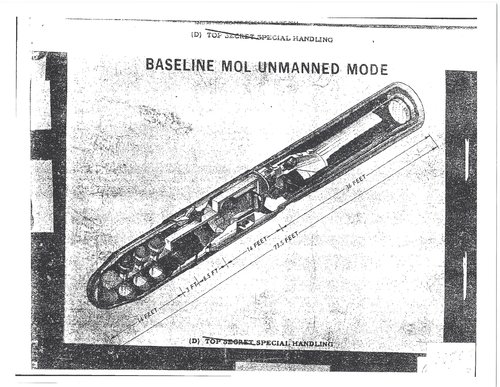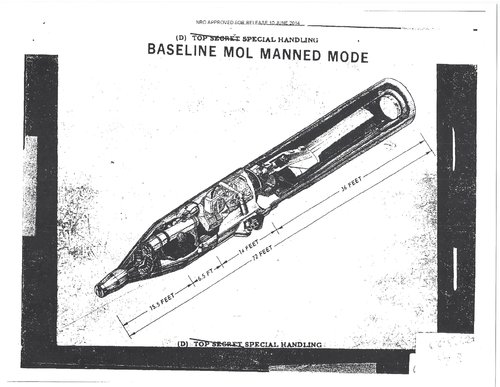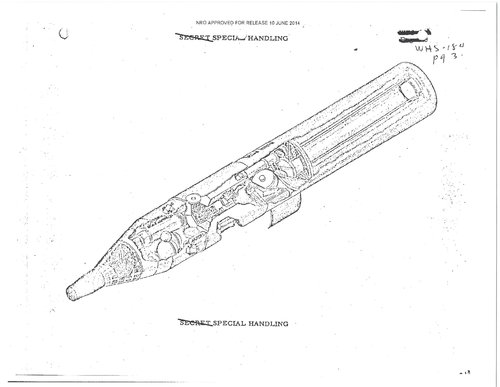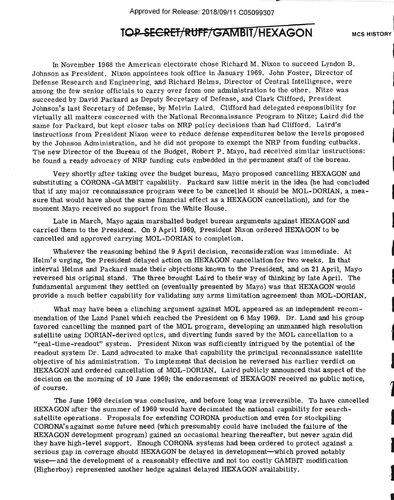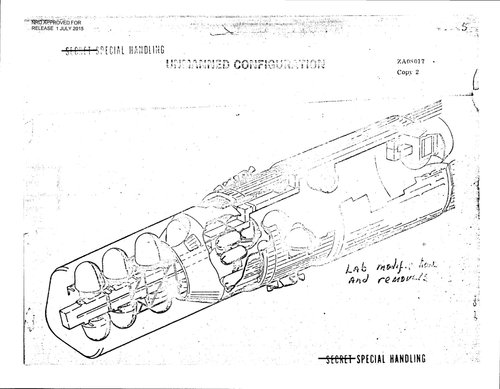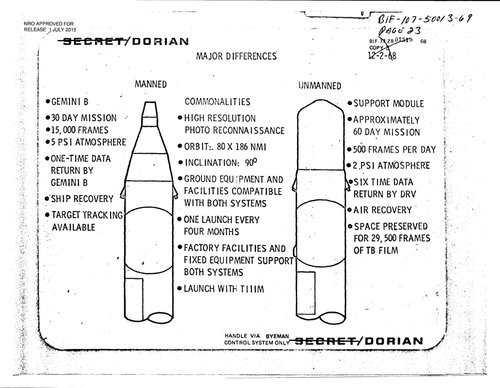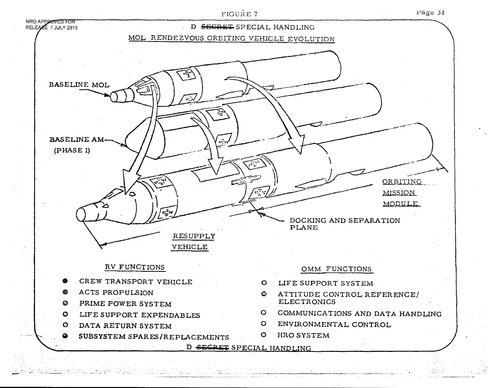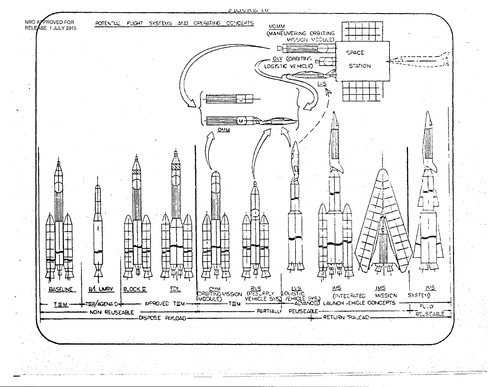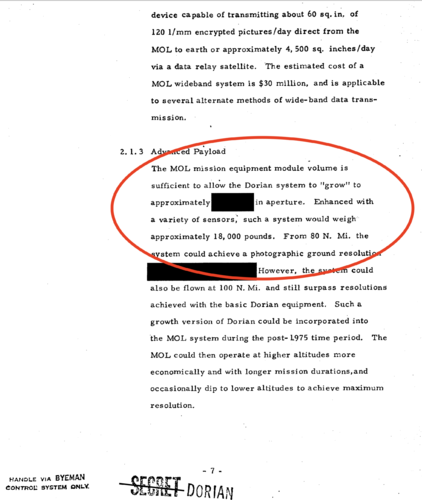- Joined
- 13 August 2007
- Messages
- 8,412
- Reaction score
- 10,890
No, MOL was small and originally used the 1205 boosters
Yes, until 1966, then became MOL bigger and heavier
So took UA1207 solids for Titan III that had lengthened stages (Titan 34)
in mean time USAF look option of bigger Titan rocket to launch future heavier MOL into polar.
What became in 1967 so called the Fat-Core Titan (180 inch) and improved engines, that use again UA1205.
in growth for more payload, they proposed follow changes:
-Replace Solids to US1207, lengthened first stage, then increase Second stage diameter to 180 inch
-Finally replace the Solids with new one with 156 inch diameter solids to bring 68000 lb. into 80° polar orbit
There is proposal called Titan IIIG that match this description, a LCD and two to four 156 inch diameter solids

